The Setup: Portugal, 1917
Picture it: Portugal in chaos. The monarchy was gone, the new republic was shaky, and the Catholic Church had lost much of its power. It was an anticlerical, anti-religious moment in Portuguese history. And then three shepherd kids—Lúcia, Francisco, and Jacinta—show up saying they’re seeing the Virgin Mary out in a field.
They claimed Mary gave them secret messages and told them to come back every month. She also promised a big public miracle in October that would prove she was legit. That kind of promise draws a crowd.
So What Happened with the Sun?
On October 13, 1917, between 30,000 and 100,000 people gathered in a field near Fátima. According to later reports, they were soaking wet from a downpour, the skies cleared, and then—allegedly—the sun started doing cartwheels.
Some said it spun like a wheel, some said it changed colors, others swore it came hurtling toward the Earth before swerving away like a bad UFO pilot. It was called the “Miracle of the Sun.” But here’s the problem: not everyone saw the same thing.
Some people saw weird solar activity. Others saw nothing at all. Some were staring at the sky so long they probably gave themselves eye damage. No observatory recorded any solar disturbances. The sun didn’t actually move—because, you know, if it had, the rest of the planet might have noticed too.
It wasn’t just contradictory—it was a mess of mixed impressions. And when people are primed to expect a miracle, they often find one, especially when staring directly into the sun after a rainstorm.
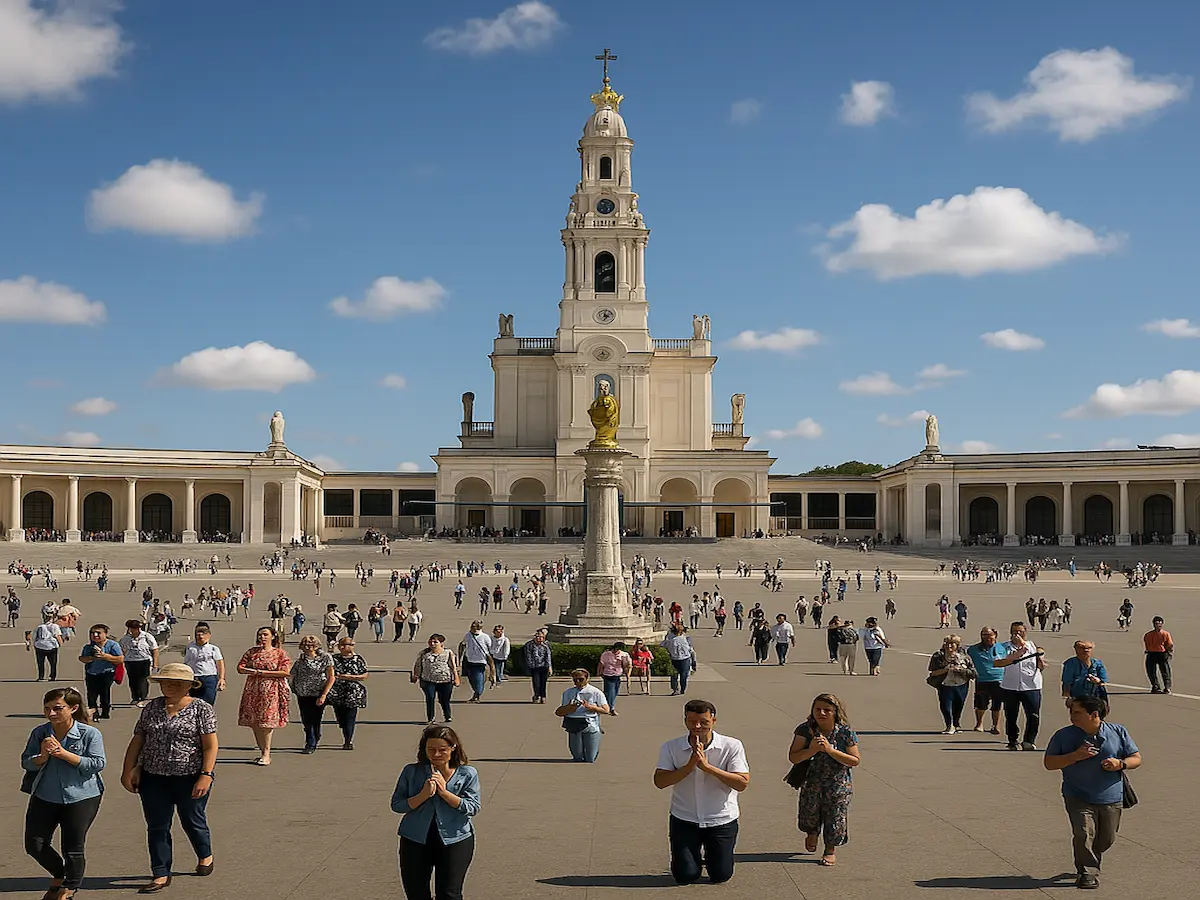
What Did Mary Say, Supposedly?
The children claimed Mary gave them a few ominous messages, later packaged by the Church as the “Three Secrets of Fátima.” Here's the short version:
- Hell is real and scary. The kids saw a terrifying vision of it.
- World War I will end, but something worse will happen if people don’t pray more and Russia isn’t “consecrated” to Mary.
- The third secret was hidden for decades and eventually revealed in 2000—it was vague imagery about a “bishop in white” being killed.
The first one? Generic Catholic horror story. Fire, demons, tortured souls—it’s what any devout 10-year-old in 1917 might imagine after hearing enough hellfire sermons.
The second one? It supposedly predicted World War II and the rise of Soviet communism. But here’s the kicker: it wasn’t written down until 1941. That’s right—years after WWII had already started and Russia had long gone red. That’s like predicting the Titanic sank in 1920.
The third secret? People expected it to be earth-shattering—maybe nuclear war or the end of the Church. But when it was released, it turned out to be a symbolic dream about the persecution of Christians. Which, again, was interpreted after the events it supposedly predicted.
Different Stories, Same Result: Confusion
If you read the reports from people who were actually at Fátima, you’ll find just about every variation under the sun (pun intended). Some saw rainbows, some saw spinning discs, others just got wet and confused.
And if this was supposed to be a miracle for the whole world to see, why didn’t the whole world see it? Astronomers, scientists, regular people elsewhere—nobody else reported any kind of solar rollercoaster. Because nothing happened—except in the minds of the people who were told something would.
“A prophecy written down after the fact isn’t a prophecy. It’s a historical caption in disguise.”
Why Did This Become Such a Big Deal?
Well, the Church wasn’t exactly eager to approve it at first. But the public devotion exploded, and in time, Fátima became a massive religious brand. Pilgrimages, shrines, relics, statues, rosaries—it all became part of Catholic culture. Francisco and Jacinta were canonized as saints. Lúcia became a nun and lived into the 21st century.
It also helped the Church recover prestige in a country where its power was being stripped away. Suddenly, it wasn’t just a political casualty—it was a miraculous messenger.
So Was It a Miracle?
Honestly? No.
It was more likely a mix of:
- Mass expectation
- Retinal burn
- A bit of rain-clearing light refraction
- And a whole lot of group psychology
As for the prophecies, they either didn’t come true, were too vague to be useful, or were written after the fact. If you want a model case of retrofitting events into a prophetic narrative, Fátima is it.
Conclusion: The sun didn’t dance. The moment it did was a collective misfire fueled by expectation. And when everybody wanted a miracle, a story was born.
FAQ
What happened at Fátima in 1917?
A large crowd gathered expecting a miracle; anecdotal visual claims were recorded, but no scientific or photographic evidence supports a supernatural event.
What exactly was the “Miracle of the Sun”?
A reported mass vision of the sun changing shape or color—likely explained by post-rain optical effects, eye strain, and collective expectation rather than actual solar movement.
Is there scientific proof of a miracle?
No. All documentation is anecdotal, contradictory, and compatible with natural explanations like weather optics and human perception bias.
Why does belief persist?
Because stories serve authority, group identity, and hope. When people want signs, they interpret ambiguous events as meaningful—especially when reinforced by religious institutions.
Related Reading
Works Cited
- McClure, Kevin. The Evidence for Visions of the Virgin Mary. Aquarian Press, 1983.
- Schwebel, Lisa J. Apparitions, Healings, and Weeping Madonnas: Christianity and the Paranormal. Paulist Press, 2004.
- Zimdars-Swartz, Sandra L. Encountering Mary: From La Salette to Medjugorje. Princeton University Press, 1991.
- The Holy Bible: New Revised Standard Version, Updated Edition (NRSVue). National Council of Churches, 2021.

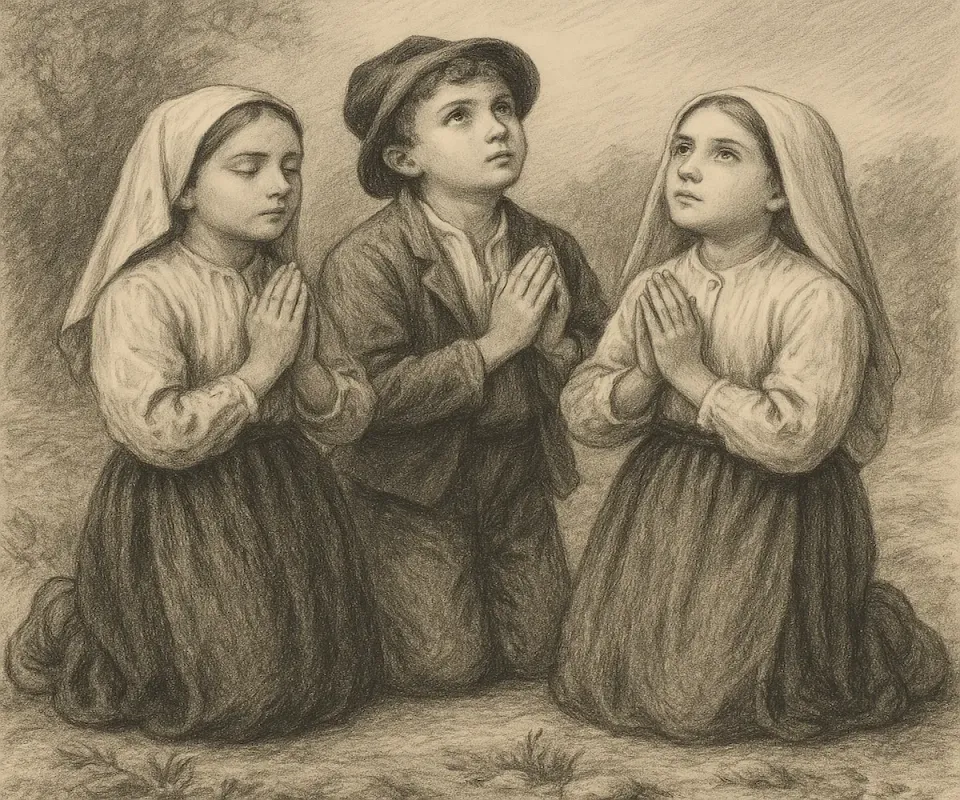
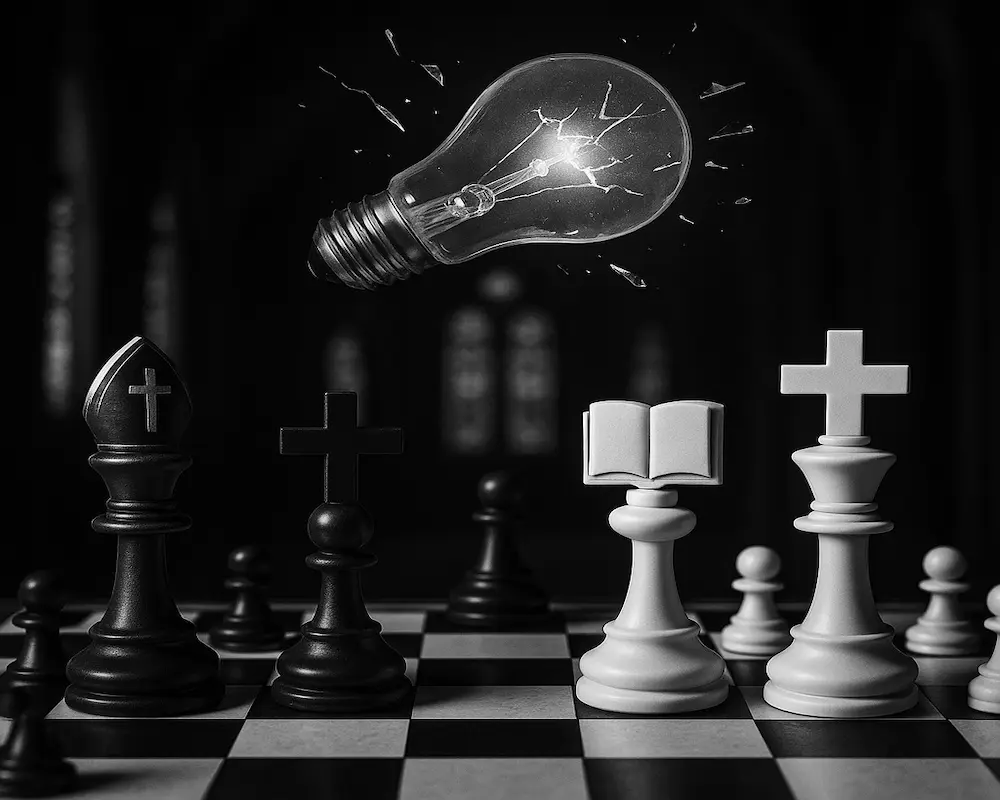
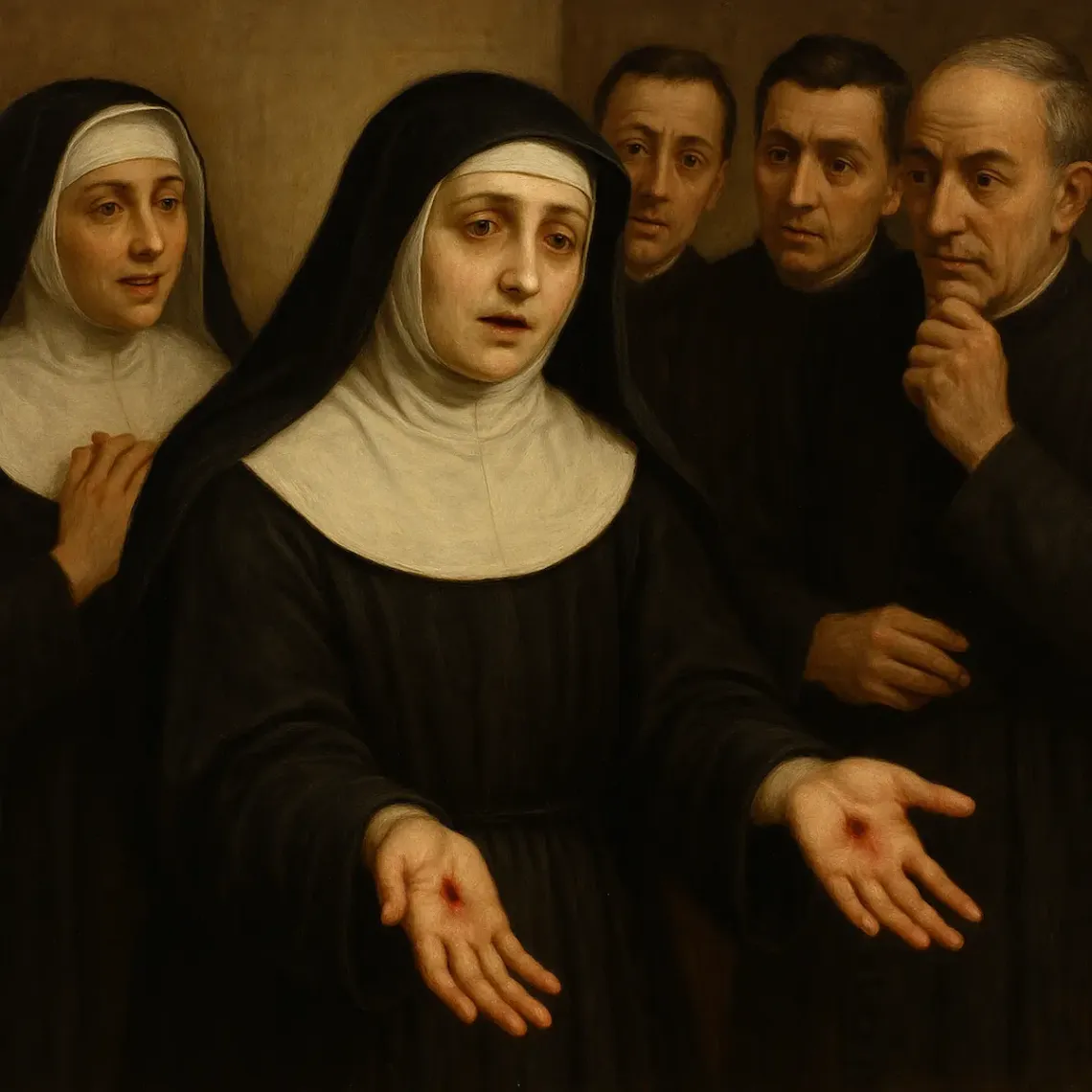
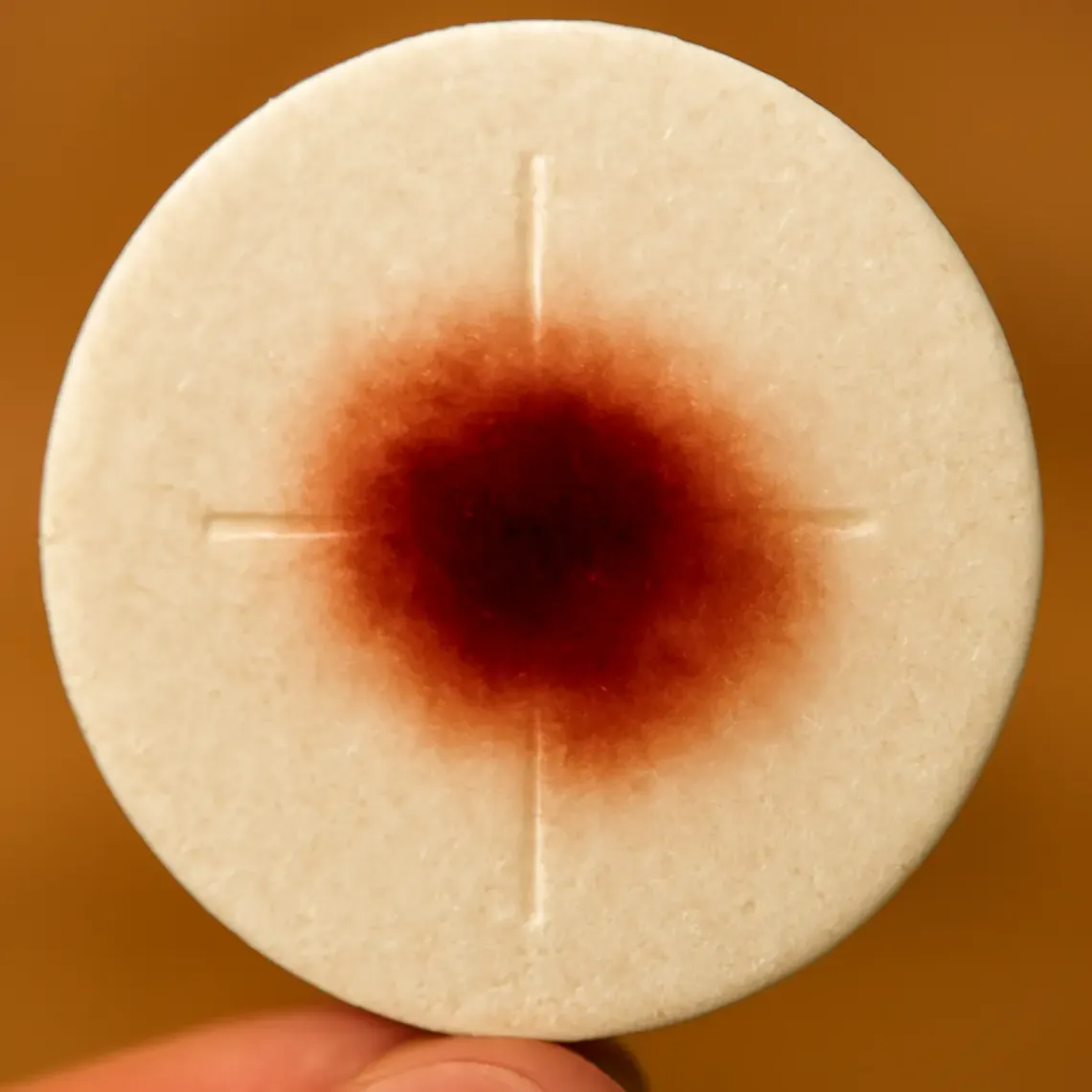


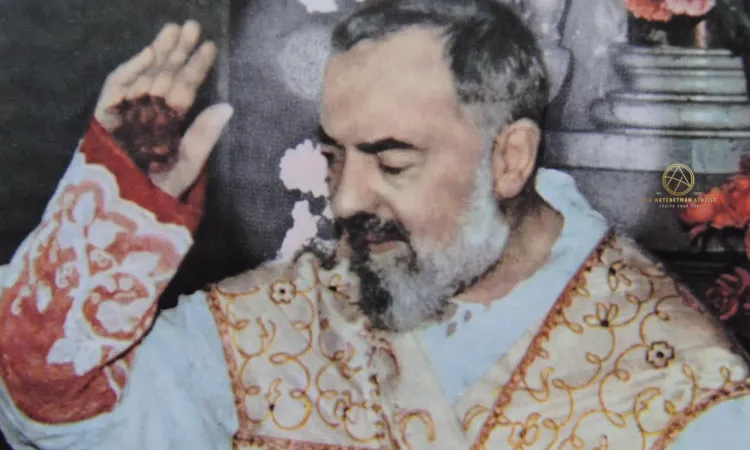


Comments ()